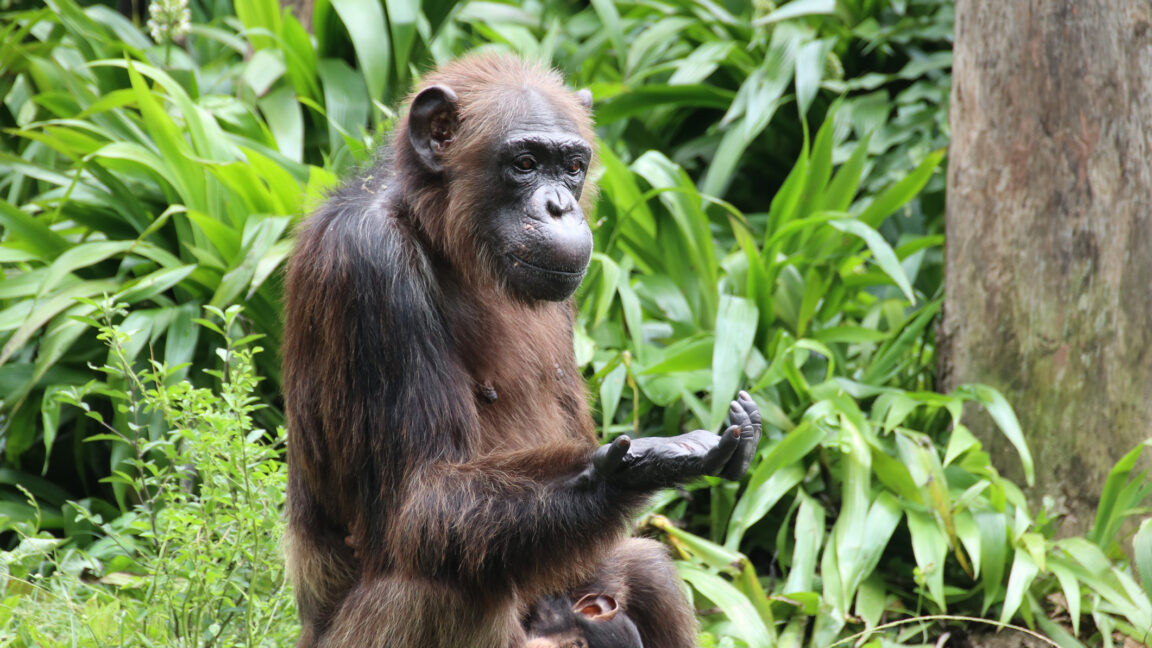
"At this point, the chimpanzees picked the first container, presumably because they viewed the auditory evidence as stronger. But then the team would remove a rock from the first container. The piece of rock suggested that it was not food that was making the rattling sound. "At this point, a rational agent should conclude, 'The evidence I followed is now defeated and I should go for the other option,'" Engelmann told Ars. "And that's exactly what the chimpanzees did.""
"The team had 20 chimpanzees participating in all five experiments, and they followed the evidence significantly above chance level-in about 80 percent of the cases. "At the individual level, about 18 out of 20 chimpanzees followed this expected pattern," Engelmann claims."
"In his view, though, humans are still at least one level above the chimps. "Many people say reflective rationality is the final stage, but I think you can go even further. What humans have is something I would call social rationality," Engelmann claims. "We can discuss and comment on each other's thinking and in that process make each other even more rational.""
Experiments presented chimpanzees with conflicting cues: an auditory rattling from one container and a visual trail of peanuts to another. Chimps initially chose the rattling container but reversed their choice after a rock was removed, indicating the rattling was non-food. Twenty chimpanzees completed five experiments and followed evidence significantly above chance, about 80 percent overall and roughly 18 of 20 individuals. Rationality is characterized as graded across species, with early tasks showing rudimentary rationality and later, more difficult tasks revealing reflective rationality likely present in chimpanzees and possibly bonobos. Humans display a further social form of rationality.
Read at Ars Technica
Unable to calculate read time
Collection
[
|
...
]